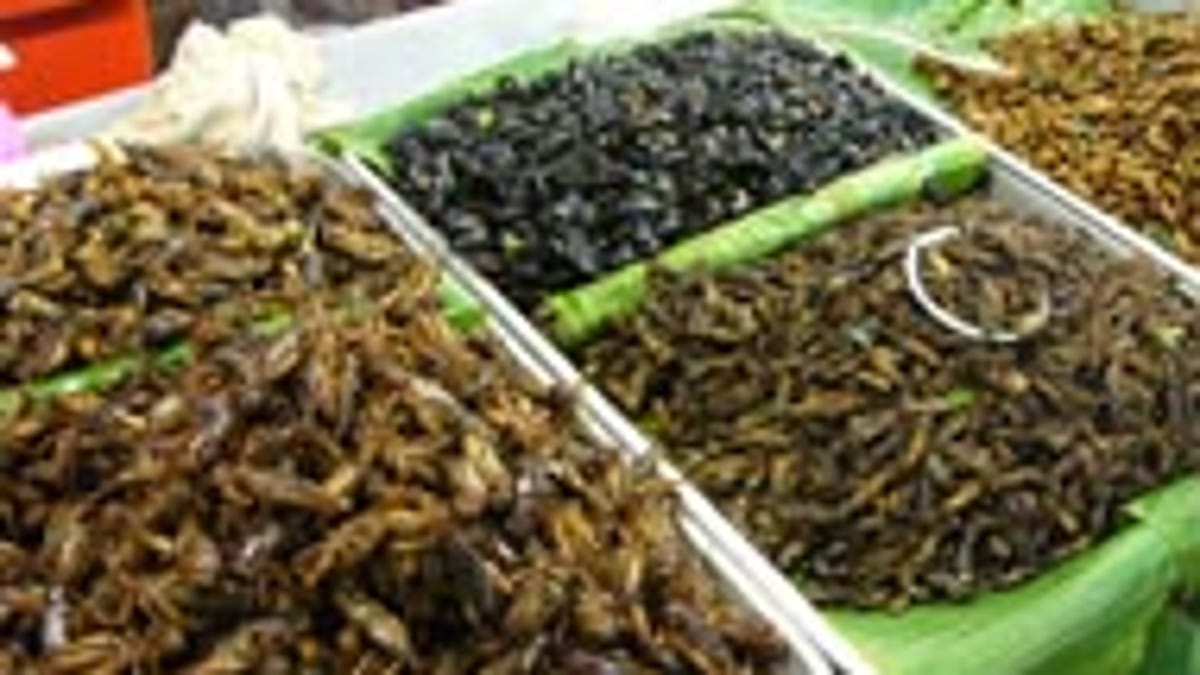No dessert until you finish all of your bugs
Scientists say eating bugs is nutritious and a common sense measure to fighting hunger.

A friend of mine has cockroaches in his house as pets. As confusing as his choice of pet might be to all of his friends, he just might be on to something. Cultivating microlivestock might just be the next big food movement.
Westerners have traditionally been squeamish about eating creepy crawlies, but perhaps it is time that has changed. The rest of the world has long since recognized and appreciated bugs for the protein source they are. Turns out, once-pesky critters can be considered a good source of vitamins and minerals too.
The UN Food and Agriculture Organization sites more than 1,400 insect species that are eaten by humans worldwide. "The most common come from four main insect groups: beetles; ants, bees and wasps; grasshoppers and crickets; and moths and butterflies." Patrick Durst, senior FAO forestry officer, says "Opportunities also exist for improved packaging and marketing to make edible insects more enticing to traditional buyers and to expand the market to new consumers, especially in urban areas."
Perhaps the Western world is ready for a shift in perception. What was once fodder for Fear Factor has now evolved into a more global understanding via shows like Bizarre Foods, which explore different types of indigenous foods throughout the world. While the host Andrew Zimmern certainly plays up the bizarre aspects of the foods he eats, the nutritional value of bugs and insects cannot be ignored.
Personally, I'm still trying to get over a childhood "ants-in-the-cereal" incident, but I have to admit I'm open to the idea of a big juicy worm on the grill. My friend with the roaches just might to have to think twice about inviting me over for the next barbecue.
Check here for some tasty bug-inspired recipes.